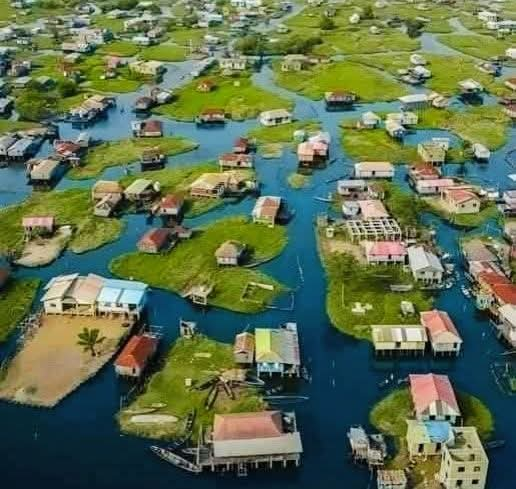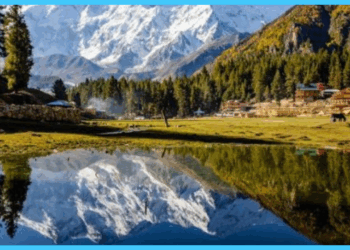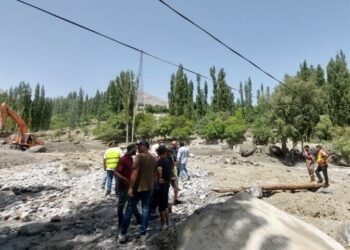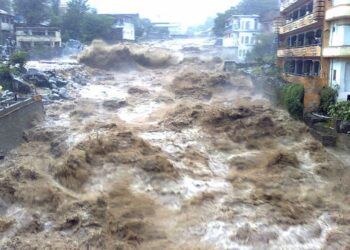MNN (Web-Desk); Ganvie — often called the “Venice of Africa” — is one of the largest and most remarkable lake-based settlements in the world. Located on Lake Nokoué in Benin, it is home to more than 20,000 residents, most of whom belong to the Tofinu ethnic group.
The village was established in the 17th century when the Tofinu people sought refuge from slave traders. They chose the lake as a sanctuary because, due to their religious beliefs, the slave traders would not pursue them into the water.
Ganvie’s identity is closely tied to its stilt-based architecture. Homes, schools, markets, and churches here are all built on wooden stilts, rising above the water. Canoes serve as the primary mode of transport.
Fishing is the backbone of Ganvie’s economy, especially the unique method of raising fish within underwater enclosures — a skill mastered by the locals.
The village is also distinguished for its cultural heritage and historical significance, recognized by UNESCO. Today, Ganvie has become a major tourist attraction, drawing visitors fascinated by its history and the unique way of life of a thriving community built entirely on water.

























